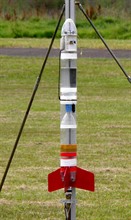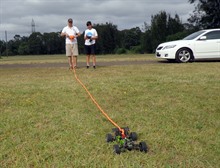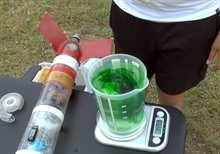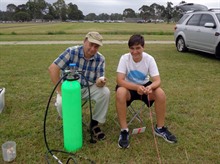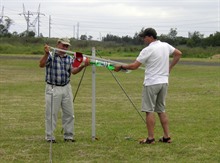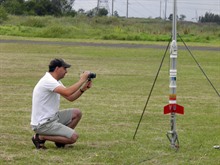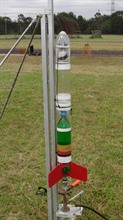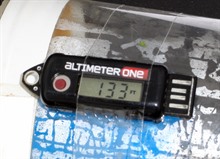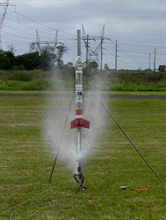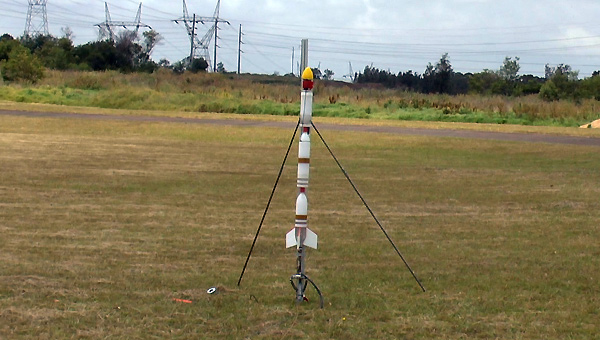 |
 |
|
|
last updated: 9th November 2024 - Day 236 - Launch Tubes #2 |
|
|
|
Splicing Bottles AS#5 |
|
#235 - Coming Soon |
|
#234 - Coming Soon |
|
#233 - Coming Soon |
|
#232 - Coming Soon |
|
#196 - Coming Soon |
|
#193 - Coming Soon |
|
#172 - Coming Soon |
|
|
| FLIGHT LOG | ||||||||||||||||||||||||||||||||||||||||||||||||||||||||||||||||||||||||||||||||||||||||||||||||||||||||||||||||||||||||||||||||||||||||||||||||||||||||||||||||||||||||||||||||||||||||||||||||||||||||||||||||||||||||||||||||||||||||||||||||||||||||||||||||||||||||||||||||||||||||||||||||||||
|---|---|---|---|---|---|---|---|---|---|---|---|---|---|---|---|---|---|---|---|---|---|---|---|---|---|---|---|---|---|---|---|---|---|---|---|---|---|---|---|---|---|---|---|---|---|---|---|---|---|---|---|---|---|---|---|---|---|---|---|---|---|---|---|---|---|---|---|---|---|---|---|---|---|---|---|---|---|---|---|---|---|---|---|---|---|---|---|---|---|---|---|---|---|---|---|---|---|---|---|---|---|---|---|---|---|---|---|---|---|---|---|---|---|---|---|---|---|---|---|---|---|---|---|---|---|---|---|---|---|---|---|---|---|---|---|---|---|---|---|---|---|---|---|---|---|---|---|---|---|---|---|---|---|---|---|---|---|---|---|---|---|---|---|---|---|---|---|---|---|---|---|---|---|---|---|---|---|---|---|---|---|---|---|---|---|---|---|---|---|---|---|---|---|---|---|---|---|---|---|---|---|---|---|---|---|---|---|---|---|---|---|---|---|---|---|---|---|---|---|---|---|---|---|---|---|---|---|---|---|---|---|---|---|---|---|---|---|---|---|---|---|---|---|---|---|---|---|---|---|---|---|---|---|---|---|---|---|---|---|---|---|---|---|---|---|---|---|---|---|---|---|---|---|---|---|---|---|---|---|---|---|---|---|---|---|---|---|---|---|---|---|---|
|
||||||||||||||||||||||||||||||||||||||||||||||||||||||||||||||||||||||||||||||||||||||||||||||||||||||||||||||||||||||||||||||||||||||||||||||||||||||||||||||||||||||||||||||||||||||||||||||||||||||||||||||||||||||||||||||||||||||||||||||||||||||||||||||||||||||||||||||||||||||||||||||||||||
| Day 170 - Water Amount Experiment | ||||||||||||||||||||||||||||||||||||||||||||||||||||||||||||||||||||||||||||||||||||||||||||||||||||||||||||||||||||||||||||||||||||||||||||||||||||||||||||||||||||||||||||||||||||||||||||||||||||||||||||||||||||||||||||||||||||||||||||||||||||||||||||||||||||||||||||||||||||||||||||||||||||
|
Date:
13th December 2015 Location: Whalan Reserve, NSW, Australia Conditions: Wind ~10km/h, overcast 26C, Team Members at Event: John K, GK,and PK. How much water to use in a water rocket?Since this is a question we get asked all the time, today we performed the experiment that many students perform at school to see what the optimal amount of water is for a water rocket. Here is some background information on why we use water. A question that also often comes up is how high would a rocket fly with air only, and so we looked at that as well. We used our Axion III rocket for this experiment because it has a smaller volume compared to the larger Axion rocket which meant we would use less air from the scuba tank. The rocket parameters were: Because the capacity of this rocket is 3.35L we chose the following water amounts to test with: 3%,15%,30%,45% and 60%. Here are the results including simulator predicted altitudes from two different simulators. Results
Sim A was Clifford Heath's simulator and Sim B was Dean Wheeler's Simulator.
*Due to the weight of the 2L flight and the small nozzle the rocket had very low acceleration and weathercocked significantly and therefore didn't reach as high as predicted. With the simulator predicting optimal water amount of 1.1L for this rocket we see that there are two nearly equal altitudes either side of this peak. Although the 45% percentage fill gave a slightly higher altitude we must remember that the error in our measurements is in the order of 10%. See day 159 for details of how the 10% is arrived at. ConclusionAs can be seen from both the observed and simulated results the optimal amount is about a 32% full of water and the altitude drops off significantly when you use too little water. With air only the rocket flew to only 37% of the altitude when compared to the optimum. Video
Other flightsA big thank you goes to John Beans from Jolly Logic who generously donated an AltimeterThree for our experiments. Obviously we were very keen to try it out on our rockets. We installed the AltimeterThree App on Paul's iPod so we could download the data. I like the fact that it not only records altitude but also acceleration. Something we don't usually record. We flew the Axion rocket with foam for this test to see how well it would detect launch (because the foam flights tend to have a slower lift-off) and then to see what the recorded flight profile was like. The altimeter was very easy to set up and get going. We only flew it on one of two flights, because the wind was blowing straight towards the tree-line and we didn't want the altimeter becoming a Christmas ornament for the holidays. The second flight was similar to the first, it flew nice and straight all the way up. Here is a plot of the altitude and acceleration: All the flights flew and recovered well on the day, so we were happy.
Flight Details
|

